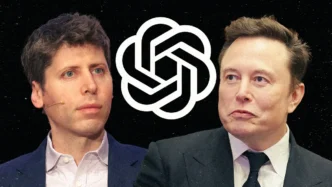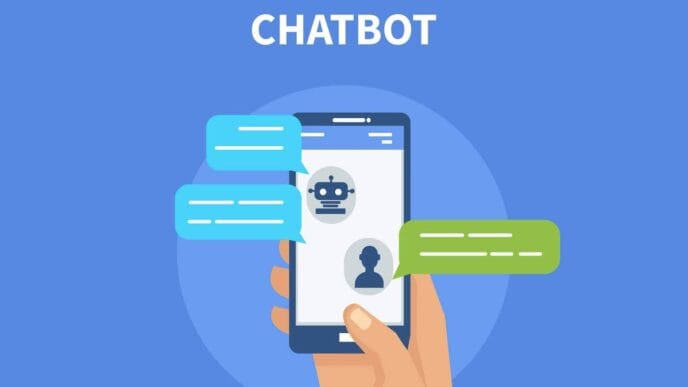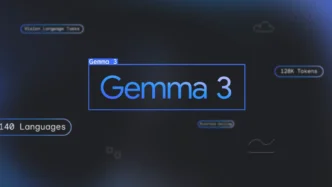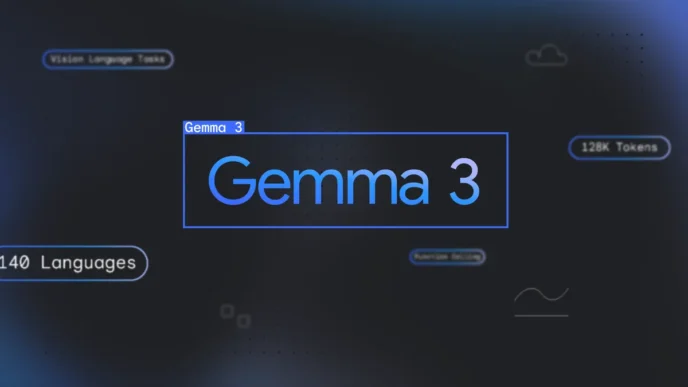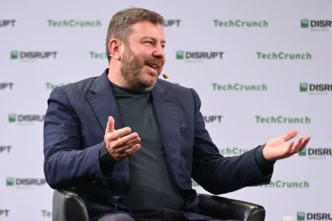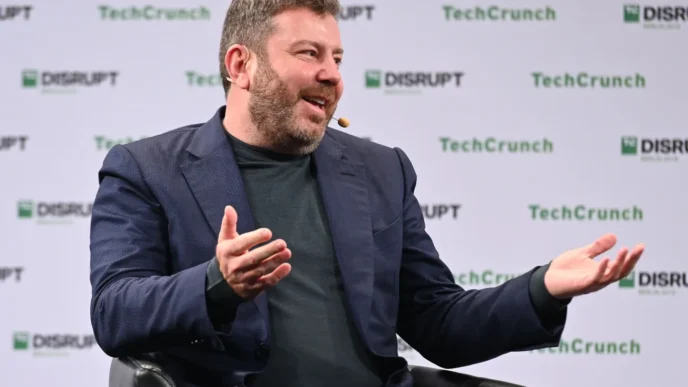As AI continues to push the boundaries of what’s possible, the demand for energy—especially clean, stable energy—is skyrocketing. Tech giants are turning to nuclear power to fuel their data-hungry AI models, but there’s a problem: the nuclear industry moves slowly. Enter Atomic Canyon, a startup with a bold mission—to speed up the nuclear sector using artificial intelligence.
For founder Trey Lauderdale, the idea sparked from his own backyard in San Luis Obispo, California. While coaching youth sports and mingling in the community, he kept bumping into engineers from the nearby Diablo Canyon nuclear power plant. The more he talked to them, the more he realized a critical pain point: nuclear facilities are drowning in documentation—billions of pages of technical records, maintenance logs, safety protocols, and compliance forms.
Coming from a background in healthcare entrepreneurship, Lauderdale immediately saw an opportunity for AI to help. In late 2024, Atomic Canyon signed a deal with Diablo Canyon to bring its AI document search platform into the plant. That early traction caught the attention of other nuclear players and marked a turning point for the company.
With momentum building, Atomic Canyon has now raised a $7 million seed round led by Energy Impact Partners. The round also drew participation from Commonweal Ventures, Plug and Play Ventures, Tower Research Ventures, Wischoff Ventures, and a group of angel investors who supported Lauderdale from the start.
Making Nuclear Docs Searchable with AI—Without the Hallucinations
At its core, Atomic Canyon’s platform helps engineers, technicians, and compliance teams quickly find the exact information they need buried in a sea of documents. It does this using sentence embedding and a technique called retrieval-augmented generation (RAG), which grounds AI outputs in verified source material to reduce the risk of hallucinations—an especially important factor in high-stakes environments like nuclear energy.
However, training AI models to understand nuclear jargon hasn’t been easy. Early experiments produced inaccurate results because most existing AI systems hadn’t seen enough nuclear-specific language or acronyms. That’s when Lauderdale knocked on the door of Oak Ridge National Laboratory—home to the world’s second fastest supercomputer—and secured 20,000 GPU hours to train their proprietary models. That support helped Atomic Canyon develop a far more reliable search tool tailored specifically for nuclear documents.
Right now, the startup is focused solely on improving search functionality, especially since the stakes are high. Even small errors in interpretation could lead to major problems at a power plant. Lauderdale noted they’ve started experimenting with generative AI to create better document titles, but that’s as far as they’ll go—for now.
“There’s less risk in helping someone find the right document than generating new content,” he explained. “Search is our foundation. We’re going to perfect that before moving up the stack.”
Still, Lauderdale sees a future where Atomic Canyon’s platform drafts first versions of documents, with built-in references and human review. But as he puts it, there’s no rush. With billions of documents to process, “we’ve got a long runway just in search.”


